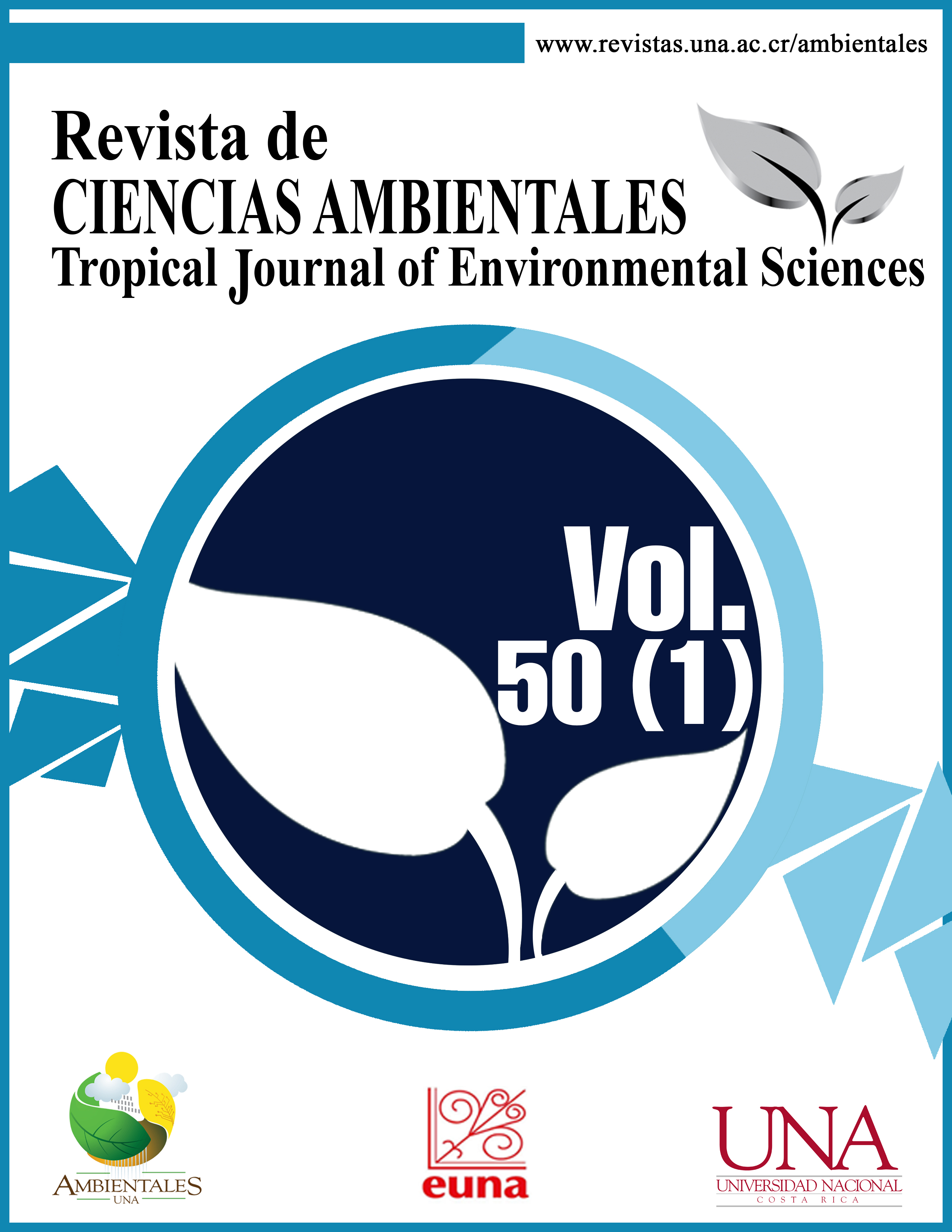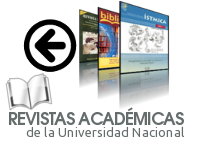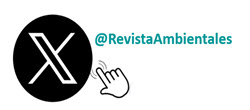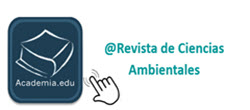Development of Herpetoculture in Costa Rica: Current Situation of Herpetariums and Ex Situ Management of Reptiles and Amphibians
DOI:
https://doi.org/10.15359/rca.50-1.1Keywords:
Amphibians, herpetophilia, reptiles, serpentarium, wildlife husbandry, zooAbstract
The maintenance of reptiles and amphibians in captivity has greatly developed worldwide, becoming the basis of many conservation, education, and research programs. In Costa Rica, this trend is evident in the proliferation of centers that maintain herpetofauna in the last two decades. Despite this development, there is no information available on the centers existing in Costa Rica, and the way they operate, or the potential impacts they could have on the species kept remain unknown. In this study, we describe the facilities currently operating in the country, through a series of interviews to their owners or technical staff, and in situ observations. A total of 33 centers were found, which keep up to 144 species of reptiles and amphibians. This large number of facilities resulted from the development of the tourism industry in the country: most of them are intended to display animals, although some reported educational purposes. Most interviewed staff claims that generation of knowledge is one of the main objectives of their center. However, only four of them showed clear evidence of research programs. A significant percentage of centers get their animals directly from the natural environment, a practice that might have an impact on species with reduced populations in the wild. This seems to be the case of the Bushmaster Lachesis stenophrys, found in 66% of the centers, despite being a species that is nowadays threatened in the country. The existence of these facilities demonstrates the interest Costa Rica society has on wildlife, and it is an interesting mosaic of experiences, opportunities, and challenges for the environmental scene of the country.
References
Bielli, M. & Silvetti, S. (2014). Venomoid Surgery in Venomous Snakes: Surgical Technique and Follow Up. Journal of Herpetological Medicine and Surgery, 24(1-2), 43-47.doi: http://dx.doi.org/10.5818/1529-9651-24.1.43
Corrales, G., Meidinger, R., Rodríguez, S., Chacón, D., & Gómez, A. (2014). Reproduction in captivity of the Central American bushmaster (Lachesis stenophrys, Serpentes: Viperidae), in Costa Rica. Cuadernos De Herpetología, 28(2), 137-139.
Drews, C. (1999). Rescate de fauna en el neotrópico. Heredia, Costa Rica: EUNA.
Greene, H. W. (1997). Snakes: Evolution of mystery in Nature. California, United States: University of California Press.
Hemley, G. (1994). International wildlife trade: a CITES sourcebook. California, United States: Island Press.
Hoser, R. (2004). Surgical removal of venom glands in Australian elapid snakes: the creation of venomoids. Herptile, 29(1), 37-52.
Jaffe, A. J., & Azumi, K. (1960). The birth rate and cottage industries in underdeveloped countries. Economic Development and Cultural Change, 9(1), 52-63.doi: http://dx.doi.org/10.1086/449868
Ley N° 7317: Ley de Conservación de Vida Silvestre. Diario oficial La Gaceta #235, San José, Costa Rica, 07 de diciembre de 1992.
Mendelson, J.R., Lips, K.R., Gagliardo, R.W., Rabb, G.B., Collins, J.P., Diffendorfer, J.E.…Brodie, E.D. (2006). Confronting amphibian declines and extinctions. Science. 313(5783): 48.doi: http://dx.doi.org/10.1126/science.1128396
Nilsson, M. (1997, April). Snake robot free climbing. In Robotics and Automation, 1997. Proceedings., 1997 IEEE International Conference on (Vol. 4, pp. 3415-3420). IEEE.doi:http://dx.doi.org/10.1109/robot.1997.606864
Ramírez, S., y Guillén, F. (1999). Costa Rica: Estado situacional de lugares que funcionan como centros de rescate de fauna silvestre. En C. Drews (Ed.),Rescate de fauna en el neotropico (pp. 167-201). Heredia, Costa Rica: EUNA.
Rojas, L. D. (2009). Evolución e importancia del turismo en Costa Rica. Estado de la Nación. Costa Rica.
Ross, R.A., & G, Marzec. (1990). The reproductive husbandry of pythons and boas (pp 30-45).California, United States: The Institute for Herpetological Research.
Salamanca, A., & Martín-Crespo, C. (2007). El diseño en la investigación cualitativa. Nure investigación. 26, 1-6.
Sasa, M., Chaves, G. & Porras, L.W. (2010). The Costa Rican herpetofauna: Conservationstatus and future perspectives. En Wilson, Larry David, Josiah H. Townsend, & Jerry D. Johnson. Conservation of Mesoamerican Amphibians and Reptiles(pp. 509–603). Eagle Mountain, Utah, United States: Eagle Mountain Publications, LC.
Sistema Nacional de Áreas del Conservación. (2013). Comunicado de prensa: Sinac desarrolla estrategia nacional para el manejo en cautiverio de fauna silvestre.
Tait, J. (1938). Surgical Removal of the Poison Glands of Rattlesnakes. Copeia,1938(1), 10–13. doi: http://doi.org/10.2307/1435516
Zippel, K., K. Johnson, R. Gagliardo, R. Gibson, M. McFadden, R. Browne, …& E. Townsed. (2011). The Amphibian Ark: A global community for ex situ conservation of amphibians. Herpetological Conservation and Biology, 6(3), 340–352.
Downloads
Published
How to Cite
Issue
Section
License

This work is licensed under a Creative Commons Attribution-NonCommercial-ShareAlike 4.0 International License.



















